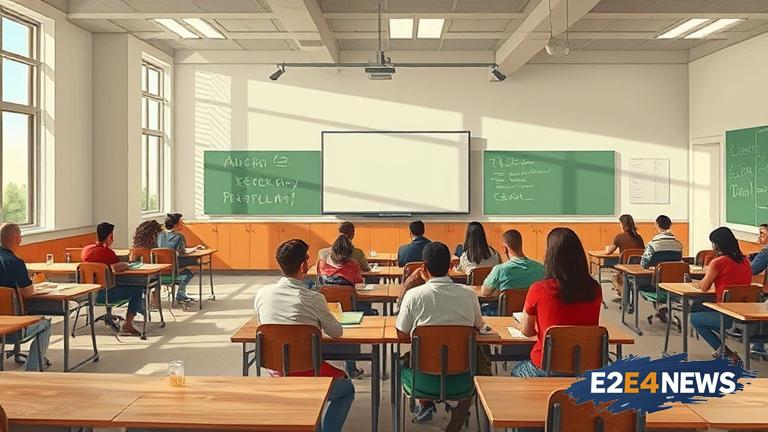The concept of open-plan classrooms, which emerged in the 1960s and 1970s, was initially intended to foster a more collaborative and flexible learning environment. However, over the years, it has become clear that this design has its drawbacks, including distractions, noise pollution, and lack of privacy. As a result, educators and architects are now rethinking school design to create more effective and supportive learning spaces. One of the key drivers of this shift is the recognition that different students learn in different ways, and that a one-size-fits-all approach to classroom design is no longer sufficient. Modern learning methods, such as personalized learning and project-based learning, require more flexible and adaptable spaces that can be tailored to individual students’ needs. Additionally, the rise of technology has also played a significant role in shaping the design of modern classrooms, with many schools incorporating digital tools and virtual learning environments into their teaching practices. The new approach to school design prioritizes flexibility, comfort, and community, with a focus on creating spaces that promote socialization, creativity, and critical thinking. This includes the use of modular furniture, breakout rooms, and collaborative workspaces that can be easily reconfigured to suit different learning activities. Furthermore, there is a growing recognition of the importance of natural light, ventilation, and acoustics in creating a healthy and productive learning environment. The shift away from open-plan classrooms also reflects a broader cultural shift towards more student-centered and inclusive approaches to education. By prioritizing the needs and well-being of students, educators and architects are working to create learning environments that are not only more effective but also more enjoyable and engaging. The impact of this shift is likely to be significant, with potential benefits including improved academic outcomes, increased student motivation and engagement, and better preparation for the challenges of the 21st century. As the education sector continues to evolve, it is likely that we will see even more innovative and effective approaches to school design emerge. The role of technology will continue to be a key factor in shaping the future of education, with virtual and augmented reality, artificial intelligence, and other digital tools set to play an increasingly important role in the classroom. Ultimately, the shift away from open-plan classrooms represents a significant opportunity for educators and architects to rethink the way we approach education and to create learning environments that are truly fit for purpose. By prioritizing flexibility, comfort, and community, and by incorporating the latest technologies and design principles, it is possible to create schools that are not only more effective but also more inspiring and engaging for students. The future of education is likely to be shaped by a combination of technological, social, and cultural factors, and it will be exciting to see how the design of schools and classrooms evolves in response to these changes. As we look to the future, it is clear that the traditional open-plan classroom is no longer the only option, and that a more nuanced and responsive approach to school design is needed. By working together, educators, architects, and policymakers can create learning environments that are truly supportive of student learning and well-being, and that prepare students for success in an increasingly complex and rapidly changing world.
